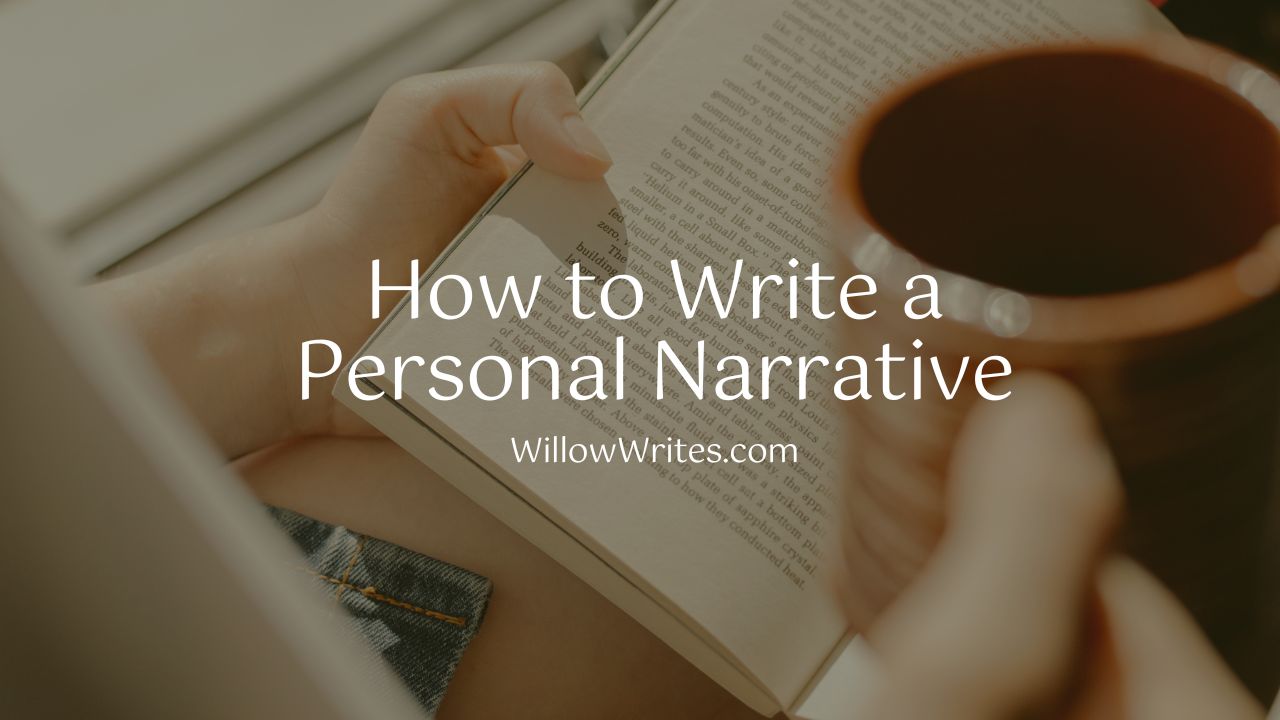When it comes to writing, you can adopt a few different styles. While some prefer a more formal, scholarly tone, others enjoy adopting a more conversational style writing approach. This type of writing is less rigid and allows for a bit more personality.
If you’re unsure which style is right for you, or if you’re looking to switch things up, read on for some examples of conversational writing from famous authors. You might just find that this style is perfect for your voice!
What is Conversational Writing?
Conversational writing is defined as a style of writing that mimics everyday speech. It is less formal than other types of writing, such as academic or business writing. Sentences are shorter and simpler, and there is often more use of contractions. This type of writing can also include slang or colloquialisms.
Conversational writing is often used in blog posts, articles, and even some novels. It is a way to connect with the reader and make them feel like they are part of a conversation. This writing style can be tricky to master, but once you get the hang of it, it will become second nature.
Conversational Writing vs. Formal Writing
There is a big difference between conversational writing and formal writing. Formal writing is much more rigid and adheres to specific rules and guidelines. Sentences are usually longer, and there is less use of contractions. This type of writing is often used for academic papers or business documents.
Conversational writing, on the other hand, is less formal and more relaxed. It sounds like someone talking to you rather than a written document. This type of writing is often used for blog posts, articles, or even novels.
For example, let’s compare the opening lines of Jane Austen’s Pride and Prejudice with J.D. Salinger’s The Catcher in the Rye.
Pride and Prejudice:
It is a truth universally acknowledged that a single man in possession of a good fortune must be in want of a wife. (source)
The Catcher in the Rye:
If you want to hear about it, the first thing you’ll probably want to know is where I was born, what my lousy childhood was like, how my parents were occupied and all before they had me, and all that David Copperfield kind of crap, but I don’t feel like going into it, if you want to know the truth. (source)
As you can see, the two openings are very different. Austen’s opening is formal and sounds like something you would read in a textbook. Salinger’s opening, on the other hand, is much more conversational. It sounds like someone talking to you, which makes it more relatable and easier to read.
4 Famous Examples of Conversational Writing
1. Ernest Hemingway
Ernest Hemingway was known for his short, concise sentences. He was a master of the art of conciseness, and his writing style reflects that. His novels are often gritty and realistic, likely due to his experience as a war correspondent.
2. Maya Angelou
Maya Angelou was a highly respected author, poet, and civil rights, activist. Her writing is often personal and reflective, and she often writes about her life experiences. She has written numerous books, including her autobiography, I Know Why the Caged Bird Sings.
3. Mark Twain
Mark Twain is one of the most famous American authors, and his writing style is highly conversational. He often wrote about his life experiences, and his novels are known for their humor and wit. Twain is best known for his novels The Adventures of Tom Sawyer and The Adventures of Huckleberry Finn.
4. J.D. Salinger
J.D. Salinger is the author of The Catcher in the Rye, one of the most famous American novels. The novel follows the life of Holden Caulfield, a teenager struggling to find his place in the world. The novel is written in a highly conversational style, and it sounds like Holden is talking to the reader.
Conversational style in Business Communication
Business communication has become more informal over the years. This is likely due to the increasing use of email and other electronic communication, which lends itself to a more informal style.
However, some business communications still require a more formal style. For example, a cover letter for a job application should be more formal than an email to a colleague.
When in doubt, err on the side of formality. It is better to be too formal than too informal in a business setting.
Here are some tips for writing in a more conversational style:
1. Use contractions
Contractions are shortened forms of words, such as “don’t” for “do not.” Using contractions in your writing can make it sound more conversational.
2. Use first-person pronouns
First-person pronouns such as “I,” “me,” and “we” are often used in conversation. Using them in your writing can make it sound more like a conversation.
3. Use active voice
Active voice is when the subject of the sentence is doing the action. For example, “I am writing a paper.” Passive voice is when the subject is being acted upon. For example, “The paper is being written by me.” Active voice is more common in conversation, so using it in your writing can make it sound more conversational.
4. Use simple language
Simple language is easier to understand and is more common in conversation. Using simple language in your writing can make it sound more like a conversation.
5. Use short sentences
Short sentences are easier to understand and are more common in conversation. Using short sentences in your writing can make it sound more like a conversation.
Conversational style writing is more common in today’s world of communication. Using some tips above, you can make your writing sound more like a conversation.










